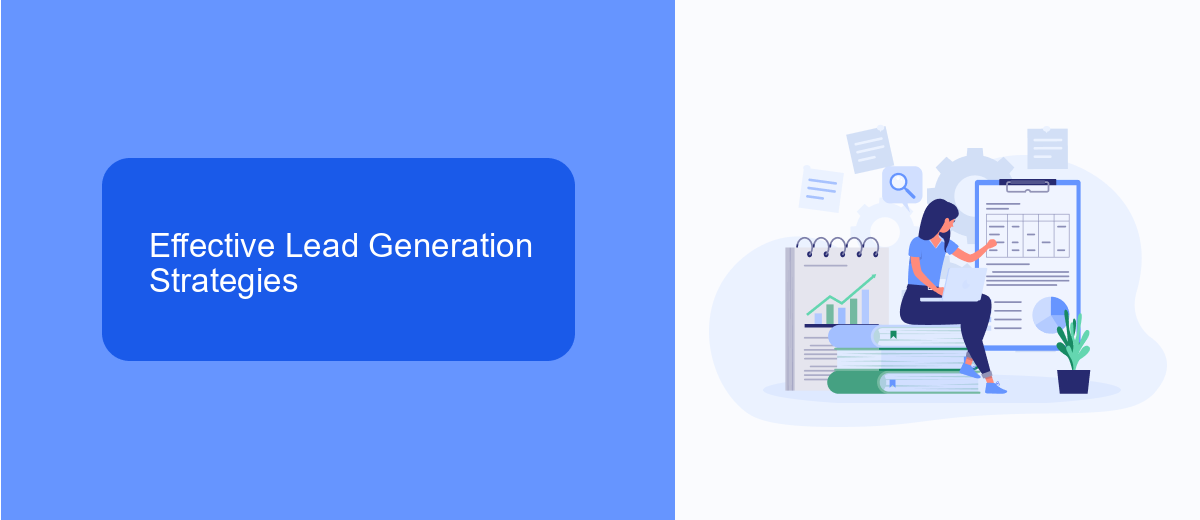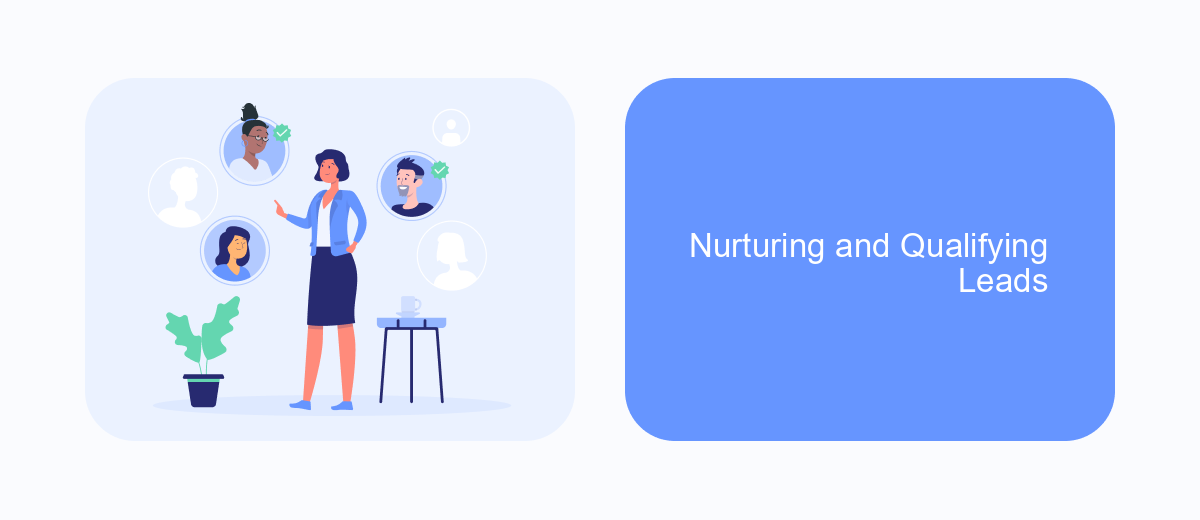In today's competitive business landscape, effective lead generation is crucial for driving growth and ensuring long-term success. This presentation aims to explore innovative strategies and tools that can enhance your ability to attract and convert potential customers. By understanding the latest trends and best practices in lead generation, businesses can optimize their marketing efforts and build a robust pipeline of qualified leads.
Understanding Lead Generation and its Importance
Lead generation is a crucial aspect of any business strategy, focusing on attracting and converting potential customers into leads. It involves identifying and cultivating interest in products or services, ultimately driving sales and growth. By understanding the needs and preferences of the target audience, businesses can tailor their marketing efforts to generate high-quality leads, ensuring a steady stream of potential clients.
- Increases brand awareness and visibility
- Improves sales and revenue generation
- Enhances customer engagement and relationships
- Provides valuable insights into consumer behavior
- Facilitates targeted marketing campaigns
The importance of lead generation cannot be overstated, as it directly impacts a company's ability to grow and succeed in a competitive market. By effectively generating and nurturing leads, businesses can build a strong customer base, increase their market share, and achieve long-term sustainability. Moreover, a well-executed lead generation strategy can lead to more efficient use of resources, as it allows for focused marketing efforts that target the most promising prospects.
Effective Lead Generation Strategies

Effective lead generation strategies are crucial for businesses aiming to expand their customer base and increase revenue. One fundamental approach is to optimize your website for lead capture by using compelling calls-to-action (CTAs) and strategically placed forms to collect visitor information. Additionally, leveraging content marketing through blogs, ebooks, and webinars can attract potential leads by providing valuable insights and solutions to their problems. Social media platforms also play a significant role in engaging with your audience and driving traffic to your lead capture pages.
Another critical strategy involves integrating automation tools to streamline the lead generation process. Services like SaveMyLeads can be instrumental in this regard, as they allow businesses to automate the transfer of leads from different platforms directly into their CRM systems. This not only saves time but also ensures that no potential lead is lost in the process. Furthermore, personalized email marketing campaigns, informed by the data collected, can nurture these leads effectively, guiding them through the sales funnel and increasing the likelihood of conversion.
Building a High-Converting Lead Capture System

Creating an effective lead capture system is essential for converting potential customers into loyal clients. The process involves several strategic steps designed to attract, engage, and retain leads. By focusing on the user experience and providing value, businesses can significantly increase their conversion rates.
- Design an intuitive and visually appealing landing page that clearly communicates your value proposition.
- Incorporate compelling calls-to-action (CTAs) that guide visitors towards desired actions, such as signing up or requesting more information.
- Utilize lead magnets, like free eBooks or webinars, to entice visitors to share their contact information.
- Implement user-friendly forms that require minimal information, reducing friction in the sign-up process.
- Integrate analytics tools to monitor performance and make data-driven adjustments to your strategy.
By following these steps, businesses can build a high-converting lead capture system that effectively turns website visitors into qualified leads. Regularly reviewing and optimizing each component ensures the system remains aligned with evolving market trends and consumer preferences. This proactive approach not only boosts conversion rates but also enhances overall marketing effectiveness.
Nurturing and Qualifying Leads

Nurturing and qualifying leads are crucial steps in the lead generation process, ensuring that potential customers are guided through the sales funnel effectively. By nurturing leads, businesses can build relationships, educate prospects, and maintain engagement until they are ready to make a purchase decision.
Qualifying leads involves assessing their potential value and readiness to buy. This process helps sales teams prioritize their efforts, focusing on leads that are most likely to convert. Effective lead qualification requires a clear understanding of the target audience and the criteria that define a high-quality lead.
- Identify key characteristics of your ideal customer profile.
- Use lead scoring to rank prospects based on their behavior and engagement.
- Implement automated email campaigns to nurture leads over time.
- Regularly evaluate and update qualification criteria based on market changes.
By integrating nurturing and qualifying strategies, businesses can enhance their lead generation efforts, ensuring that they not only attract a high volume of leads but also convert them into loyal customers. This approach not only maximizes sales opportunities but also optimizes resource allocation, leading to more efficient and effective marketing and sales operations.
- Automate the work with leads from the Facebook advertising account
- Empower with integrations and instant transfer of leads
- Don't spend money on developers or integrators
- Save time by automating routine tasks
Measuring and Analyzing Lead Generation Results
Measuring and analyzing lead generation results is crucial for optimizing marketing strategies and increasing ROI. Begin by defining key performance indicators (KPIs) such as conversion rates, cost per lead, and lead quality. Utilize analytics tools like Google Analytics and CRM systems to track these metrics. Regularly reviewing these KPIs will help identify trends and areas for improvement, allowing for data-driven decision-making. Additionally, segment your leads based on demographics, behavior, and source to gain deeper insights into which channels are most effective.
To streamline the process of measuring and analyzing lead generation, consider integrating automation tools like SaveMyLeads. SaveMyLeads enables seamless data transfer between various platforms, ensuring that all lead information is up-to-date and easily accessible. By automating the integration of lead data, you can reduce manual tasks and focus on strategic analysis. This not only saves time but also minimizes the risk of errors, providing more accurate insights. Ultimately, a thorough analysis will guide you in refining your lead generation tactics and achieving better outcomes.
FAQ
What is lead generation, and why is it important for businesses?
How can I generate leads effectively?
What are some common lead generation techniques?
How can automation help in lead generation?
What are the best practices for nurturing leads?
Don't waste another minute manually transferring leads from Facebook to other systems. SaveMyLeads is a simple and effective tool that will allow you to automate this process so that you don't have to spend time on the routine. Try SaveMyLeads features, make sure that this tool will relieve your employees and after 5 minutes of settings your business will start working faster.

